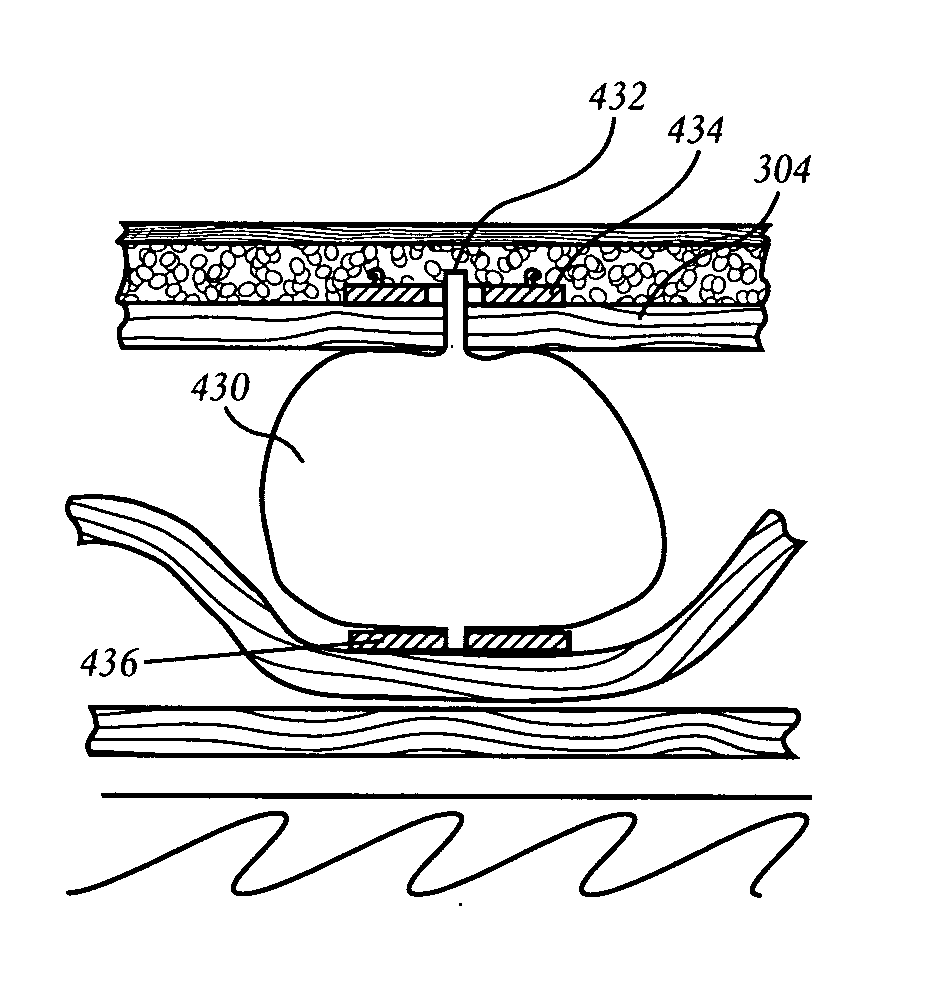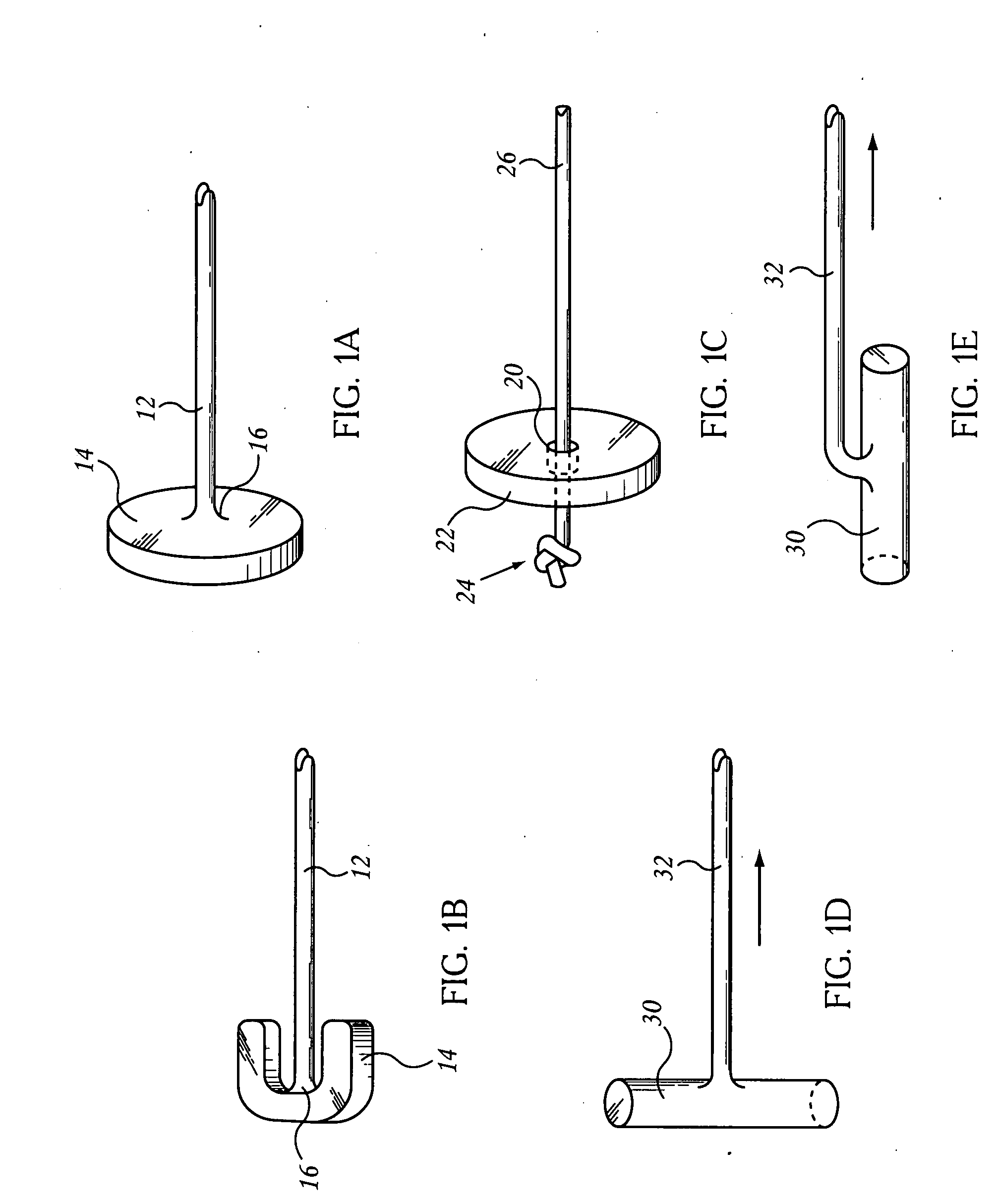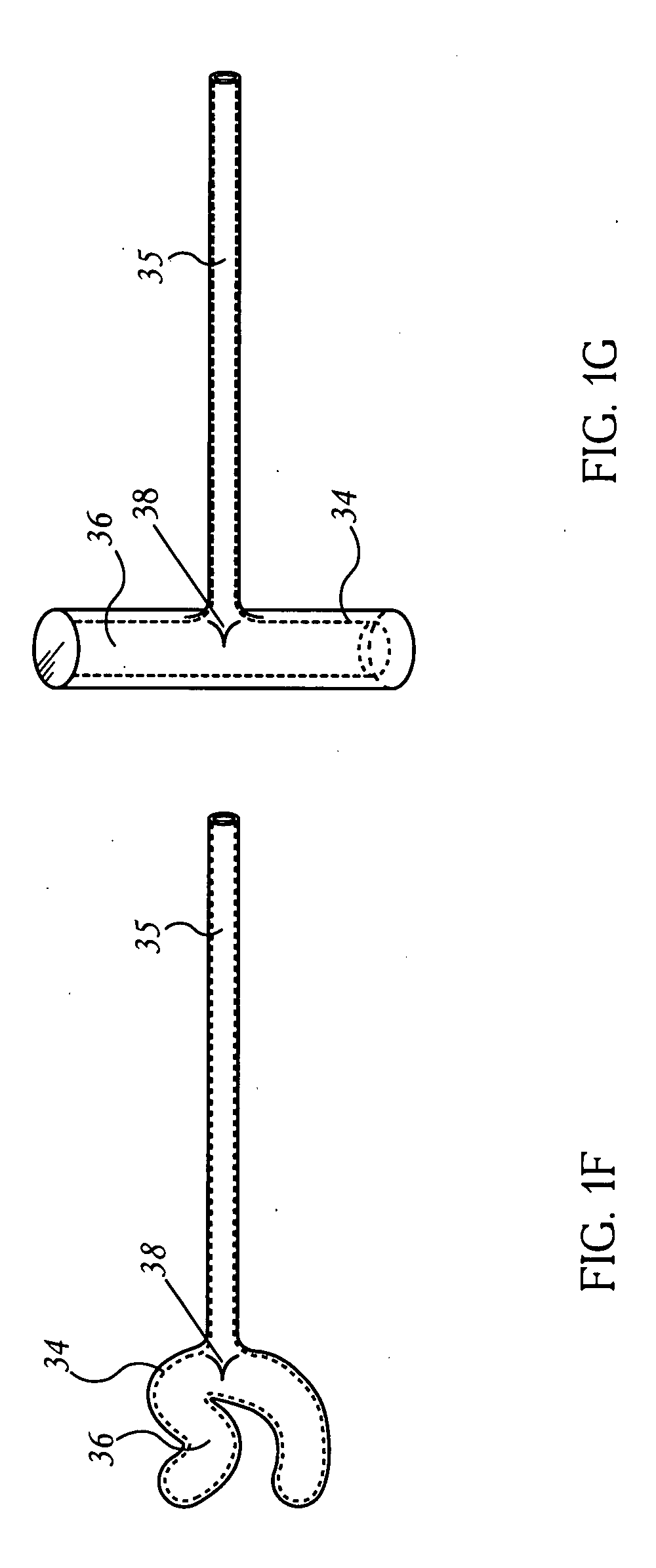Some researchers estimate that if the
obesity epidemic is not brought under control, it could quickly overwhelm societal resources.
Many of the procedures performed in the past have proven to be impractical, dangerous, and / or detrimental to patient health and are now of historical importance only.
This procedure was mostly restrictive, leading to an early feeling of satiety.
Despite the
efficacy of the Roux procedure and the recent laparoscopic improvements, it remains a highly
invasive procedure with substantial morbidity, including a 1-2% surgical mortality, a 20-30% incidence of pulmonary morbidity such as pneumonia,
pulmonary embolism, etc., and a 1-4% chance of leak at the anastomotic site which can result in a spectrum of consequences
ranging from an extended
hospital stay to death.
Furthermore, it is not a good option for adolescents in whom the long-term consequences of
malabsorption are not known.
In addition, many patients
resist such an irreversible, life altering procedure.
There is also a substantial rate of anastomotic stricture which results in severe lifestyle changes for patients.
Furthermore, although minor when compared to previous malabsorptive (e.g. jejuno-ileal bypass) procedures, the
malabsorption created by the Roux-en-Y procedure can dramatically affect the
quality of life of patients who undergo the procedure; for example, they may experience gas
bloating, symptoms of the dumping syndrome, and / or dysphasia.
In addition, these patients can experience very early fullness such that they are forced to vomit following meals.
Although
less invasive than the Roux procedure and potentially reversible, the LAP-BAND™ is nonetheless quite invasive.
Furthermore, once implanted, the Lap-Band™, although it is adjustable by
percutaneous means, is in fact very difficult to adjust and many iterative adjustments are required before it is made right.
Long-term clinical follow-up reveals that the banding procedure results in many complications.
The
weight loss in long-term trials is considered adequate by some and inadequate by many; across various studies, the average
weight loss is approximately 40% of excess
body weight which is well below the weight loss in the Roux, VBG, and duodenal switch procedures (see below).
One issue with the VBG is that, as practiced today, it is not reversible, nor is it adjustable, and it is difficult to perform laparoscopically.
As in the horizontal gastroplasty, the VBG utilizes standard staplers which, as in the horizontal gastroplasty, are unreliable when applied to the stomach.
Although in this study, the VBG was successfully performed laparoscopically, the laparoscopic VBG procedure is in fact, difficult to perform, because the procedure is not standardized and a “tool box” does not exist for the surgeon to carry out the procedure; furthermore, the procedure is not a reversible one and relies-on the inherently unreliable stapler systems.
However, the vertical gastroplasty procedure is not easily performed laparoscopically and furthermore, it is not easily reversible.
Currently, intragastric balloons on the market are not fixed to the stomach and consequently, can lead to complications such as obstruction and mucosal
erosion.
Endoscopic procedures to manipulate the stomach can be
time consuming because of the technical difficulty of the
endoscopy; they also require a large
endoscope through which many instruments need to be placed for these complex procedures.
Due to the
large size of the
endoscope, patients typically will require general
anesthesia, which limits the “non-invasive” aspects of the procedure.
Such skill
adaptation can take a significant amount of time, which will limit adoption of the procedure by the physician
community.
A further issue is that there is a limitation on the size of the anchors and devices which can be placed in the stomach because the
endoscope has a maximum permissible size.
 Login to View More
Login to View More  Login to View More
Login to View More 


